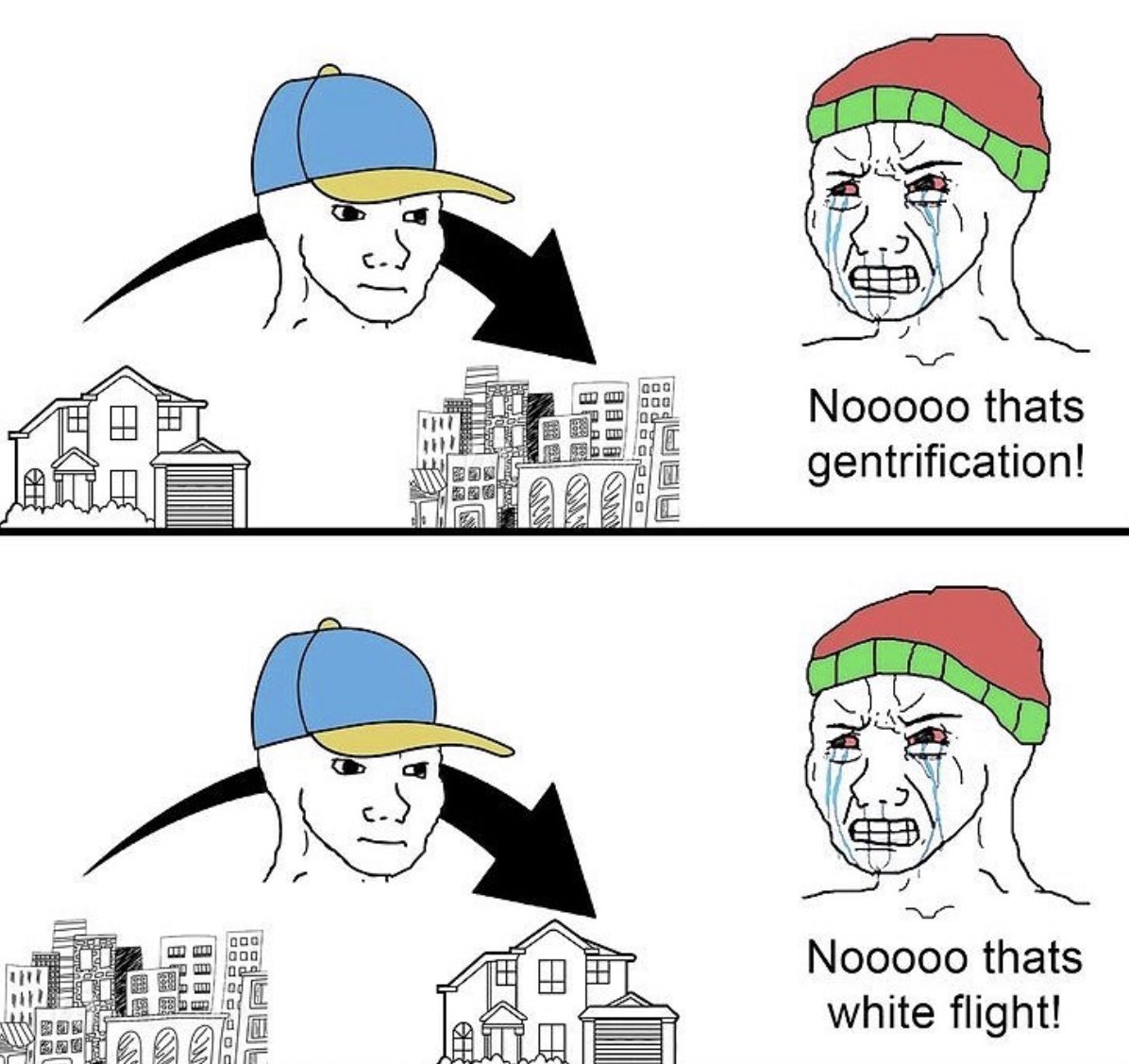Why don't you and these other worthless parasitical trolls leave at being incapable of supporting and co-existing in a civilized society. Consider big facts versus your trolling fiction:
The biggest U.S. metro areas in 2025
Bizjournals is issuing its own population projections for the nation’s 250 largest metropolitan areas, looking as far ahead as 2025.
Projecting population growth is as much an art as a science — and often an inexact art at that. But it still offers an interesting, useful and provocative view of the future.
Bizjournals analyzed recent county-by-county growth patterns within each state, and then used that information to predict metropolitan growth at five-year intervals between 2005 and 2025.
No one can foresee all of the economic twists and demographic turns that the coming two decades will bring, but bizjournals’ projections suggest a range of intriguing possibilities. Here are 10 of particular interest:
1. New York City will retain first place
New York City will retain first place by a comfortable margin.
The nation’s largest metropolitan area is the 23-county New York City region, which spills over into Long Island, New Jersey and Pennsylvania. It had 18.8 million residents in 2005, according to U.S. Census Bureau estimates. No. 2 Los Angeles was far behind at 12.8 million.
Los Angeles is growing more rapidly than New York, but not fast enough to close the gap appreciably. The two giants will still be separated by 5.8 million people in 2025, when New York has 19.8 million residents and Los Angeles has a shade more than 14 million.
2. Houston and Atlanta will climb into the top six
Houston was the nation’s seventh-largest metro in 2005, and Atlanta was No. 9. Both will be moving higher in coming years.
Houston is projected to shoot up to fifth place by 2025, adding almost 2.6 million people to reach a population of nearly 7.9 million. Atlanta is ticketed for sixth place at 7.3 million.
The top four metros, by the way, will maintain precisely the same order over the 20-year period: New York, Los Angeles, Chicago and Dallas-Fort Worth.
3. Detroit will drop out of the top 10, with Phoenix replacing it
Detroit and Phoenix are two of the most economically troubled areas in America today, but their future prospects are considerably different.
Detroit is the only metro expected to slip from the top 10 during the next two decades. It’s projected to fall from 10th place in 2005 to 14th place in 2025, losing 59,500 residents during that span.
Phoenix, on the other hand, is likely to bounce back strongly from its current problems. Its projected 2025 population of 6.9 million will elevate it to seventh place, up from 13th in 2005.
4. Raleigh will set the fastest pace of any metropolitan area
The three-county Raleigh metro will virtually double its population during the study period. It had 953,000 residents in 2005, but should be closing in on 1.9 million by 2025.
That’s an increase of 97.7 percent in 20 years, which equals an annual growth rate of 3.5 percent. No other metro will expand as rapidly.
Five other areas are projected to increase their populations by more than 80 percent between 2005 and 2025. They are, in order of growth rate, Provo, Utah; Cape Coral-Fort Myers, Fla.; Ocala, Fla.; Austin; and Port St. Lucie, Fla."
https://www.nbcnews.com/id/wbna31130897
Also considering U.S. metropolitan areas are far less congested and overrun with overpopulation compared to many metropolitan areas in the world, in particular, Asia, Central and South America to which their metropolitan areas hold a stagging up to 30 million and within the 20 million population range and just for one particular city, and where pollution is a huge issue. Yet considering you hate America (the U.S.), either leave or never come to it and enjoy a superior life in one of those superior and crushingly overpopulated metropolitan or downtown areas of the world.

